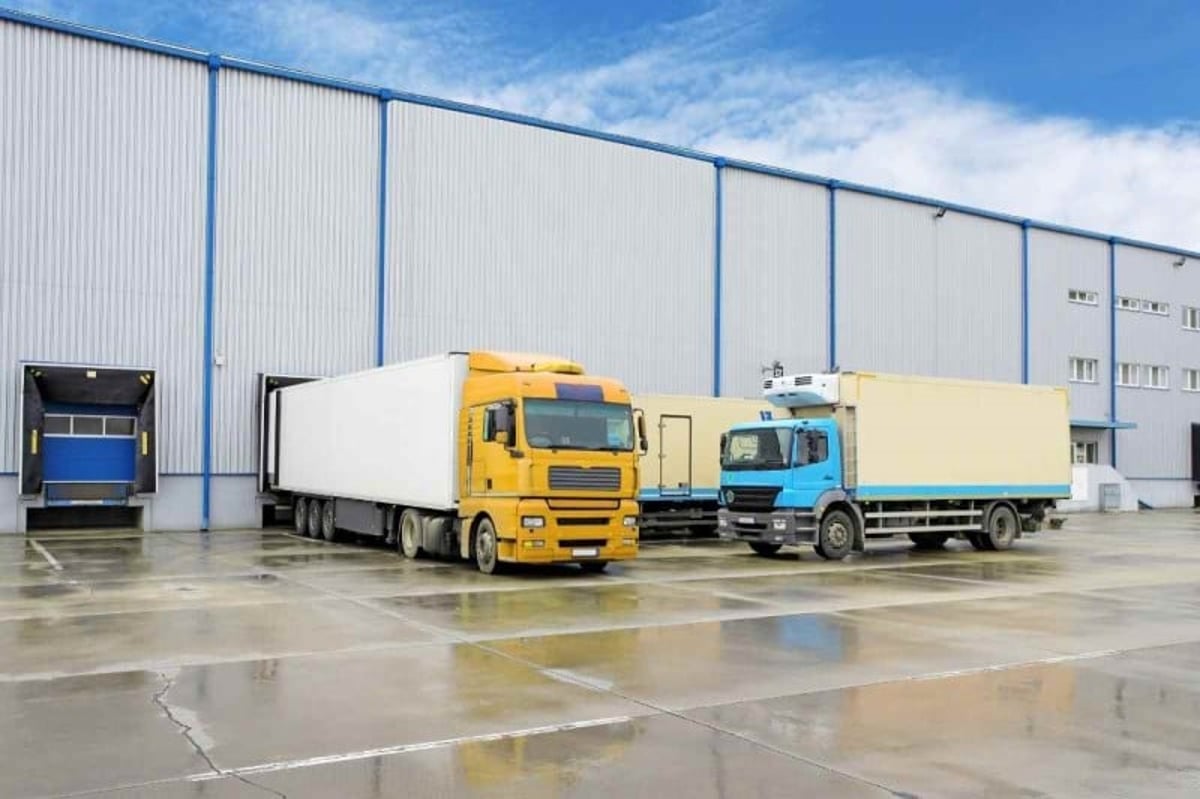How 3PLs Can Access One Source of Truth
Integrating a warehouse management system (WMS) and transportation management system (TMS) has one important goal: creating a single source of operational truth for warehouse operators. To achieve this, third-party logistics (3PL) companies must have a dashboard or platform that can show their supply chain with the most accurate, real-time information possible for their organization.
By combining TMS with WMS platforms, warehouses create a dedicated solution that shows inventory, shipping information, and more in a singular location. A singular view into your supply chain allows for greater accuracy and better decision-making. By integrating a TMS and WMS, logistics businesses can use them to accurately track each shipment in the supply chain, knowing inbound and outbound movements and how they’ll impact the rest of your operations. 3PLs use WMS/TMS integration solutions to better control their docks, understand and predict labor, identify ways to fill empty miles, and overall provide a greater level of customer service to their clients.
What Data Do 3PLs Need?
A single source of truth may seem like a lofty goal but is achievable with careful planning and a clear list of needs for what data must flow and be updated in real-time between the two systems.
Whenever integrating systems, you should first conduct a thorough review of the tools and technology already available to you. Start by scheduling an assessment with your TMS and WMS vendors. During this meeting, you should address what integrations are currently available as well as what integrations they have completed in the past for other 3PLs. Understanding what your systems are capable of today is helpful in identifying what data can be exchanged between the systems and where manual processes may be required to share information. This can save your organization time and financial cost.
The most common WMS/TMS integration data points include:
- Carrier data - How the inventory is getting to its location
- Routing data - Where the inventory is going
- Order data - What inventory is being shipped out
- Billing data - What services is the customer being charged for
- Customer data - Who the order is for
When searching for a WMS to integrate with your TMS, or vice versa, the ability to easily integrate with other systems will be key. This flexibility will enable warehouses to connect the data they are already capturing in either system to the other to establish that single source of truth. This is accomplished with APIs.
API Integration and Functionality
APIs, Application Programming Interfaces, essentially automate communication and data sharing between systems allowing them to be easily managed. If your supply chain is complex, API connections are an effective way to keep everything in line and maintain a single source of truth. In many organizations, several systems will track all parts of your business, which means lots of changes and exchanges of information between these systems. APIs automate the data moving between companies and systems at these points, eliminating human error and streamlining the business. APIs ultimately help warehouses conveniently share relevant data required to streamline their operations.
Integrating for a Better Customer Experience
When 3PLs integrate systems and have a single source of truth, warehouse customers reap benefits. Integrating WMS and TMS software ultimately leads to better data and analytics, fleet and resource management, labor management, as well as real-time visibility across the supply chain.
Learn more about trends impacting 3PL warehouses by downloading the State of the Third-Party Logistics Industry Report.





